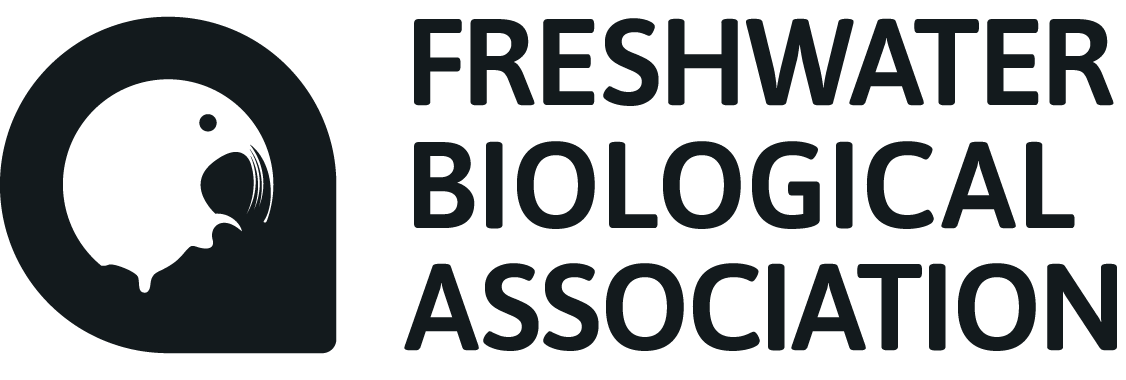An awesome August update from the Freshwater Pearl Mussel Ark
21 August, 2024
Established in 2007, the Freshwater Pearl Mussel Recovery project is an ongoing partnership project between the Environment Agency, Natural England and the Freshwater Biological Association.
The Freshwater Pearl Mussel Ark is a vital, nationally important facility at the FBA in Windermere, Cumbria. The Ark exists to maintain and breed threatened populations of freshwater pearl mussel (Margaritifera margaritifera) from rivers across England and Wales. This vital activity supports the national plan of captive breeding and release of juvenile freshwater pearl mussels to suitable rivers.
In the last 17 years the project has already achieved notable success with juvenile production and retention.
The delivery of the project contributes to recovery targets set out in the Conservation Plan for the freshwater pearl mussel in England and Wales. Captive breeding and release is a key part of the species restoration strategy while populations are critically small and not recruiting sustainably.
Pilot releases have taken place in the River Irt since 2021 and we continue to build upon this success to safeguard priority populations. The need for the facility will be ongoing until rivers are restored.
The Ark
In July this year, tanks were prepared for new batches of 0+ (young-of-the-year) salmon and trout for glochidial release. Following delivery of the fish, tank systems were arranged for glochidial encystment of selected mussel populations.
Adult broodstock from priority populations were then collected and translocated to the Ark under licence. Monitoring of mussels and fish for signs of glochidial release is ongoing. At the time of writing, three of seven populations held at the Ark have confirmed glochidial encystment, but glochidial release can occur as late as October.
A newly encysted Freshwater Pearl Mussel glochidia (larvae) onto a salmonid gill.
The glochidia are super tiny at this stage, being only ~60-80 micrometers (0.06-0.08mm). You can see that the fish has had an immune response and encased the glochidia in a cyst, hence it being called encystment.
Juvenile Mussel Releases
In July, in collaboration with West Cumbria Rivers Trust and following Natural England’s translocation protocol, the FBA released over 1,350 juvenile mussels across two rivers.
For the first time, more than 350 juvenile mussels were released into the River Ehen (Special Area of Conservation). Additionally, more than 1,000 juvenile mussels were released at identified recovery sites on the River Irt.
Monitoring activities, utilising PIT (Passive Integrated Transponders) tags, of the survival of juvenile mussels continues to allow for research into release techniques. Protocols are being developed for the release of juvenile mussels.
“It has been a privilege to release over 1,350 juvenile mussels into their native rivers this summer. This is the culmination of years of dedication by many individuals and organisations to the restoration of freshwater pearl mussels and their rivers. We will continue to monitor the success of these population reinforcements and develop protocols”
Photos of the FBA Freshwater Pearl Mussel Ark
Research
This year, research into the bioaccumulation of heavy metals in juvenile freshwater pearl mussels was undertaken at the FBA’s Ark. With funding supplied by Natural England and in collaboration with the University of Glasgow, this research is being undertaken by James Kelleghan for his MSc and supervisor Dr Edward Curly. Results will determine if concentrations of heavy metals in river substrates are high enough to accumulate within tissues of juvenile mussels and whether these accumulations have a physiological effect on tissues or organs.





